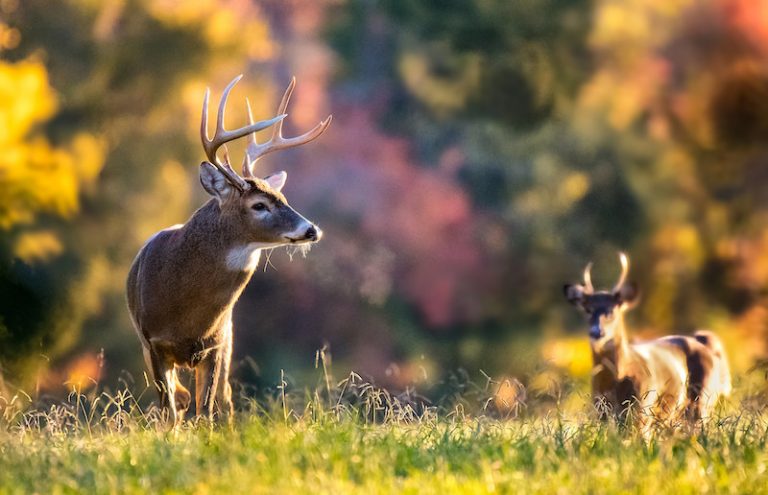The tan spackled wall of the room where I store all my hunting and fishing gear is relatively plain by most sporting standards. There are no bucks or turkey fans, simply a few second-hand fishing poles and a lone arrow. The arrow is an Easton Axis 5mm with blue and white Blazervanes from the first pack of arrows I ever bought, 5 years ago. The vanes are covered in dried blood, darkened from the once-stark red. The blood is from the first deer I ever took with a bow; a whitetail doe from a creek drainage on Montana’s Rocky Mountain Front, a place better known for its scenery and Grizzlies than its whitetails. The vanes hold the memory of that first kill.
If you pick up a pre-fletched arrow at your local sporting goods store, most likely it’ll have Blazer vanes. Blazer, owned by The Bohning Company, produces 40 to 50 million vanes per year. Vanes, along with other arrowcomponents— sights, stabilizers, strings, quivers and most other components the archery industry produces—are levied with a 11% Federal Manufacturer Excise Tax. Those monies are pooled and distributed via the U.S Fish and Wildlife Service's Wildlife and Sport Fish Restoration Program (WSFR) to all 50 state fish and wildlife agencies. If you talk to any biologist or manager in a state fish and wildlife agency about the importance and far-reaching nature of WSFR funds, you quickly realize that if the agency was a deer, WSFR funding would be a great portion of their forage.
In Connecticut, Supervising Wildlife Biologist for Connecticut Department of Energy and Environmental Protection, Howard Kilpatrick, explained that WSFR “funds at least 90% of all the work we do.” To measure public opinion on deer hunting in the community with results showing pre- hunt support at 65% and post-hunt support at 80%
For Kilpatrick, one of the challenges of his job is managing whitetail deer in urban settings in the context of differing opinions of how and who should manage the deer. In response to this, Connecticut developed a handful of research projects to study how to manage whitetail deer. One project, part of a 13-year study learning about the movement of urban deer, started with deer radio collaring and data collection. After 2 years, a community hunt was implemented to reduce the deer population. As time progressed, Kilpatrick andhis team continued to collect data, monitor the radio collared deer and measure how effective hunters were inreducing the population.
Meanwhile, surveys were also administered pre- and post- hunt to measure public opinion on deer hunting in the community with results showing pre-hunt support at 65% and post-hunt support at 80%.
Throughout the east and across the U.S., especially in urban areas, we are seeing whitetail deer adapt, resulting in increased interaction with humans. This presents significant challenges for our wildlife managers. “The[WSFR} funding has been critical for us doing all our research,” Kilpatrick said, “for us monitoring populations, for the survey work we’ve done in communities. It has been important in making big strides to managing deer in these very challenging settings.”



